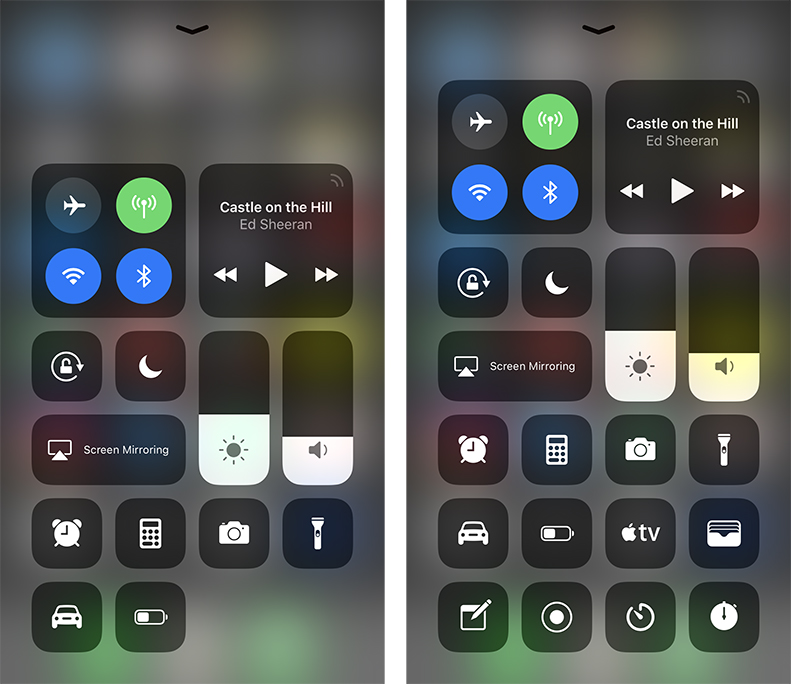

Otherwise, you should consider sticking to the wireless mode instead.īefore we get into the specific steps to extend your Mac desktop to your iPad, it’s important that you know the difference between SideCar and Universal Control. So we recommend connecting the MacBook to a power source such as a wall adapter or a power bank. Tip: If you’re using a USB cable to connect your iPad and MacBook, you’ll experience faster battery drain on the MacBook, since it will start charging the iPad. If you want to use a USB connection instead of a wireless one, you’ll need an appropriate USB cable to connect both devices.Internet connection sharing must not be active on either device.Both devices must be within 10m/33ft of each other, with Wi-Fi, Bluetooth, and Handoff activated (these are on by default).On the iPad side, you’ll need iPadOS 13 or later running on any iPad Pro, 6th generation or later iPad, 5th generation or later iPad Mini, or 3rd Generation or later iPad Air.You’d need a fairly modern Mac: a 2016 or later MacBook or MacBook Pro, a 2018 or later MacBook Air, a 2017 or later iMac, an iMac Pro, a 2018 or later Mac Mini, a 2019 or later Mac Pro, or a Mac studio.Your Mac must run macOS Catalina or later.Both devices must be signed in to the same Apple ID.In order to get your iPad and Mac to play well together, you’ll have to do a little prep work and gather a few items:


 0 kommentar(er)
0 kommentar(er)
